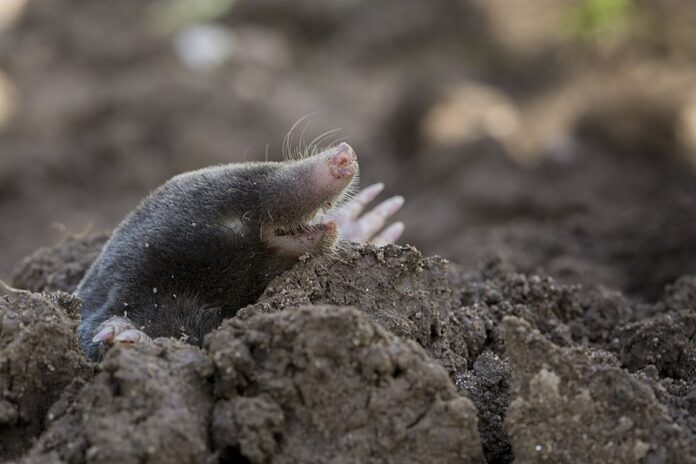Can you use AI, or artificial intelligence, to predict who is cheating in the TV show “Who is the Mole? That is what six ICT students from the Fontys in Eindhoven are trying to find out.
Every Saturday they are glued to the tube and afterwards they get down to analysing. The computer’s super-fast thinking should eventually lead them to the Mole. “We think we are in the right direction,” says former student Niek van Dam.
For those unfamiliar with the programme: in “Wie is de Mol?”, a group of Dutch celebrities tries to earn as much money for the pot as possible by carrying out assignments. One contestant actually tries to sabotise this. It is up to the other candidates and the viewer to unmask this saboteur.
Face paint
The ICT students all watch the programme and after the first episode, teacher Frans Mouws came up with the idea of doing more with it. “Frans noticed that in one of the tasks, the Mole was in the picture using face paint,” explains Niek. “With AI you can unmask who is under that make-up and that’s how the project started.”
The students first developed their own software and all the information they need is now retrieved by AI. “So that’s a lot of data collection and processing hoping for a good outcome,” says student Jeroen Eillebrecht.
Social media
They soon discovered that there are more ways to unmask the Mole. For instance, his group is now analysing all the social media traffic around the programme. “For example, we can see which candidate is talked about a lot and seen as suspicious,” Jeroen says.
They are also looking at the social media use of the candidates and their families. “The contestants are not allowed to post anything on social media during filming. But we can, for example, see in messages from friends who came home last. Those might well be in the final and could be the Mole.”
Meanwhile, student Yap Yung Hui compared the photos of those who were painted in the first episode with those of the candidates. Based on the facial features, she initially came up with Justin as the suspected Mole, but he flew out last week. So AI is not a magic ball.
Human work
“It remains speculation,” says Niek. “The programme makers could also make the faces thicker with make-up, making it more difficult.” So it’s still human work, but that also makes it fun for the students. “We have to do the hard work, but thanks to AI, everything is going ten times faster,” says the students.
Meanwhile, the students have moved on with their research and now they think they are on the right track. “We now suspect Kees van der Spek, Anna Gimbrère and Jeroen Spitzenberger,” says Niek. The first two emerged from the photo analysis and Jeroen from the social-media analysis.
Source: Studio040
Translated by: Anitha Sevugan
















